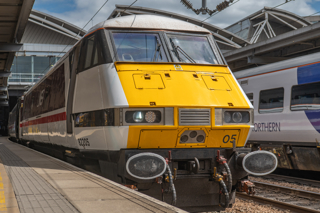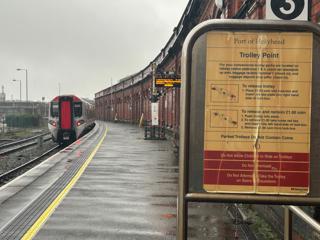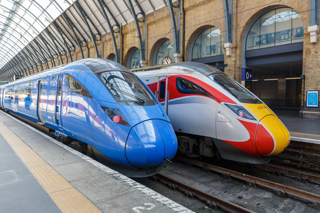FEATURE
At its simplest, a wooden plank thrown over a gap is a bridge. The challenge for bridges comes as the gap becomes wider, and the load they must bear becomes larger.
If you walk across your plank, you’ll feel it bending under your feet. This bend is at its worst when you’re in the middle of the plank. It would bend less if placed on its edge, but it won’t naturally stay in this position so will need some sort of foundation - at least at one end, if not both.
Walking over this edge-on plank will be tricky unless you have good balance. So, it makes sense to fix another plank to the top edge. If you do the same to the bottom edge, you’ll create a wooden beam with a cross-section similar to a capital ‘I’. Substitute steel for wood and you have the classic girder that forms many bridges the world over.
Bridges come in three basic forms: beam, arch and cable. Most railway bridges sit in the first two forms. Choosing between them comes down to the combination of span, location, availability of materials and labour, maintenance, loading conditions, appearance, and cost.
The result can range from mundane to magnificent. Sitting firmly in the latter category are the Forth Bridge, Maidenhead on the Great Western Main Line, and viaducts such as the Midland Railway’s Harringworth and Ribblehead.
Passengers cannot fail to see the Forth Bridge as they cross the firth below, because it encases their train.
However, they’re oblivious to Maidenhead because its glory lies in the arch beneath them, which is unusually flat.
Ribblehead is curved, which affords some passengers a glimpse. But if they’re to see Harringworth’s glory, they’re best to travel with a setting sun to see the shadow of the structure’s 82 arches.
Before I offer too many more rhapsodic bridge descriptions, let’s return to the mundane and look at how bridges work.
Read this feature in full in RAIL issue 982 here
To read all our magazine articles, choose from either a Digital Edition Membership from just 99p for your first month, or a Print & Digital Edition package from just £9.50 per month. Choose your Membership here















Login to comment
Comments
No comments have been made yet.